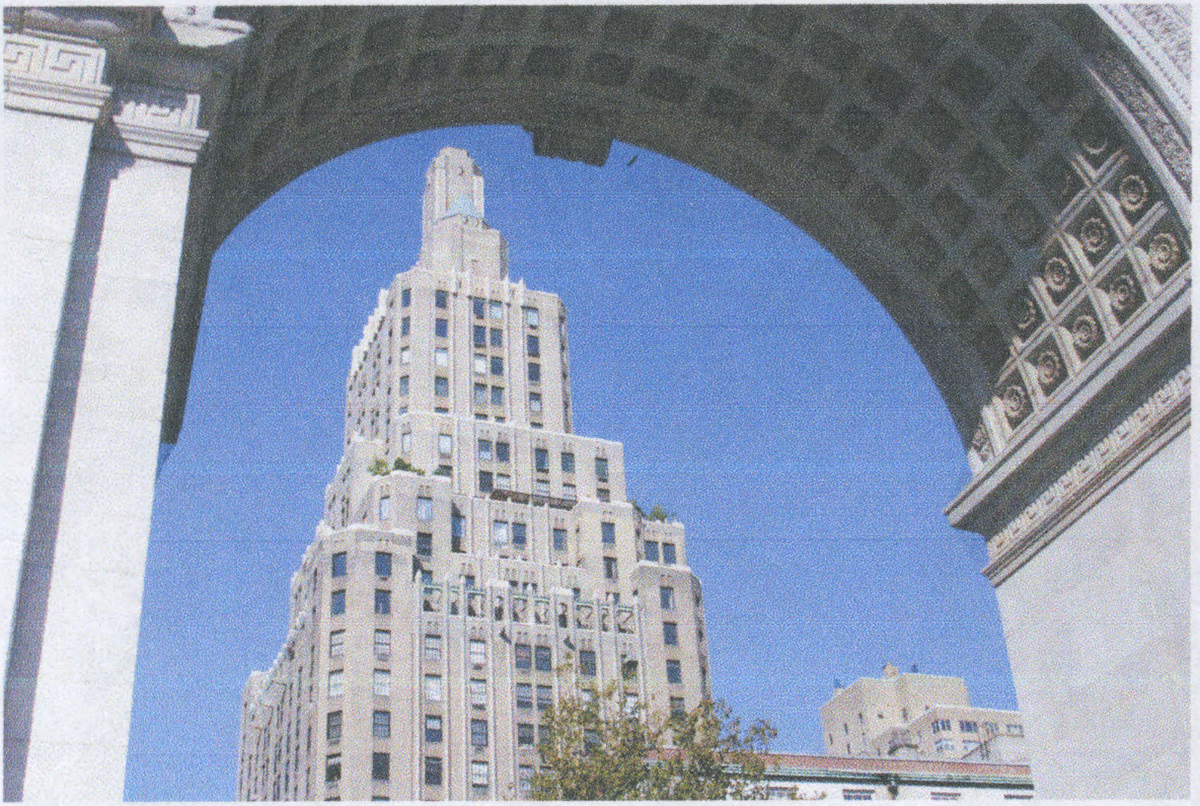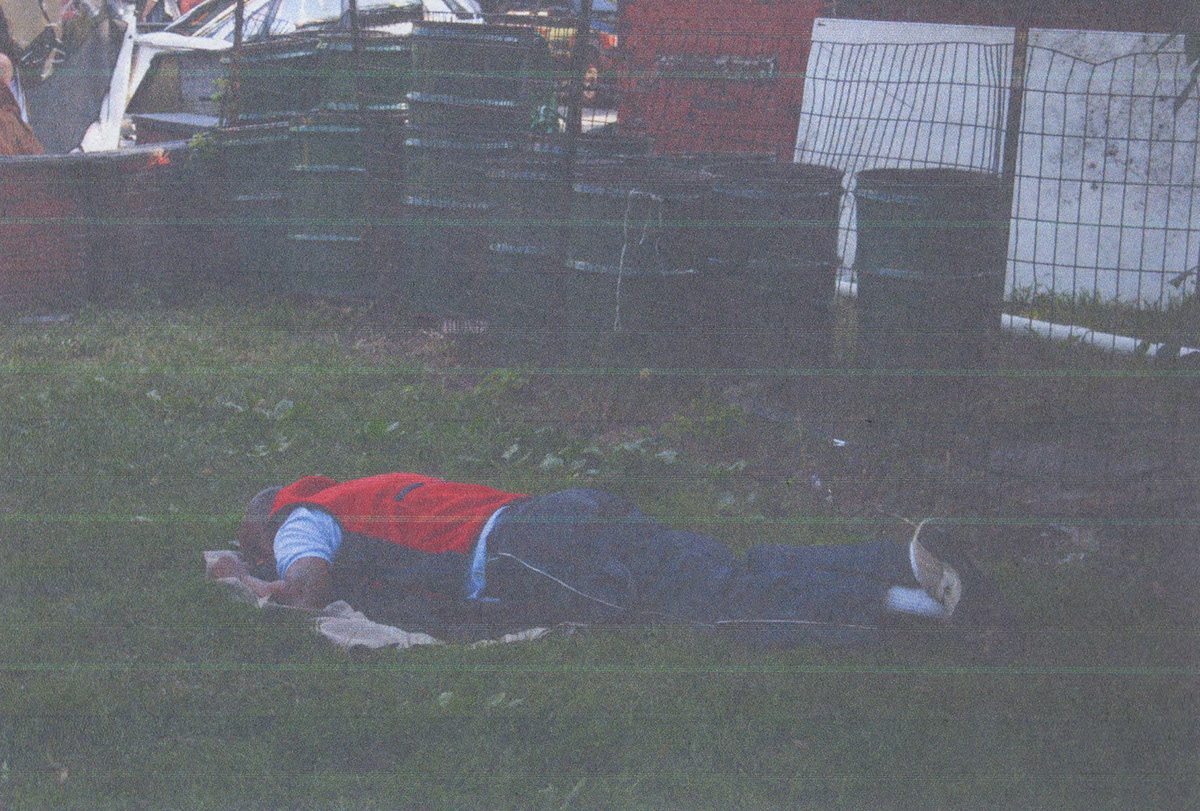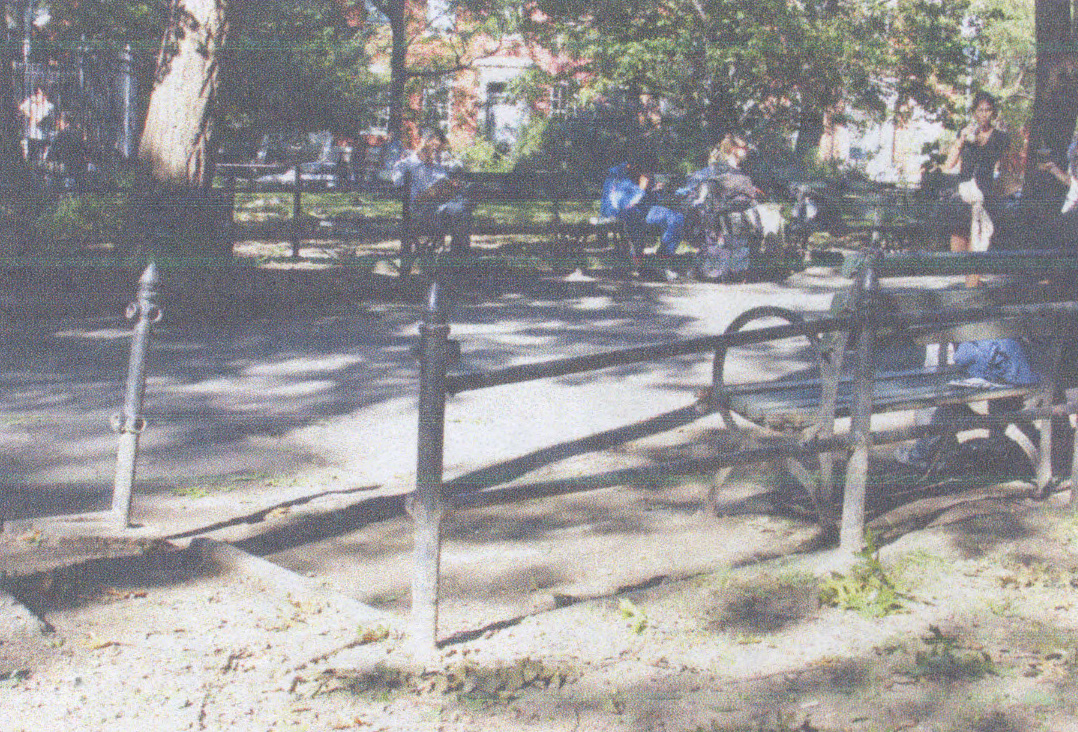Washington Square Park Field Research
The following is the photographic field research I conducted for the project. Unfortunately, these are not the original images, but are scanned from a printed copy of the project.

The arch forms the architectual centerpiece of the park. I was intent on having my project incorporate elements of the arch in some way.

The design and development of Washington Square Park has progressed through the decades hand in hand with the community that populates the area. It has been and continues to be a bastion of art, performance, and culture. Street performance and busking are regular events (in fact, to not see a performer of some kind would be considered unusual) and on pleasant days the park is packed with informal audiences, as well as community residents, tourists, families, and students.


Dual uses of a statue on the western walkway

The fountain facing South-East

This brick pattern is not found elsewhere in the park. I decided to use this pattern in my project to help recontextualize it.

The park has served as a meeting ground throughout the decades, and played host to numerous events such as early military training in the 1820s, a meeting between Robert Louis Stevenson in the 1880s, a women's suffrage march in the 1910s, and the Beatnik Riot in the 1960s. Even the dead have come to congregate here; nearly 20,000 bodies lay buried under the park, as the area was a cemetery prior to 1825



The shape of these benches were particularly influential in my project.

The homeless population is a problem for the park. Likewise, the design of the park is a problem for the homeless population.


This is underutilized space in the Southeastern quadrant.

The broken railing detracts from pathing and natural movement.

Fences become impromptu bike racks.



There are several official groups that have formed in support of the park, including the Washington Square Association, Friends of Washington Square Park, the Washington Square Park Association, and the Washington Square-Lower Fifth Avenue Block Association. Throughout the park's history it has had the support of the community, including the venerable Jane Jacobs and Elenore Roosevelt. The focus of this support has generally been community-oriented, such as the petition to remove traffic in order to create quiet space, or the more recent activism concerning the renovations--community members are interested in preserving the informal character of the park.

I found this oval arrangement particularly compelling for social interaction.



In keeping with social history of Washington Square Park, for my project I wanted to focus on reinforcing interaction amongst park-goers, and facilitating the type of engaged conversation one might expect from a public square.

